Almost 12 years ago, Steve Jobs introduced a device for the people that became revolutionary. Moreover, the recent Apple event took place last month, and they have once again released new versions of the iPhone. But before we get to that, here’s a timeline of all the brilliant versions of the invention called the iPhone, which has been dominating the smartphone market ever since its release.
iPhone 2G (2007)

It’s difficult to overstate the impact the iPhone has had on the smartphone market. By replacing the keypad for a touchscreen and adding advanced computer-like capabilities that hadn’t been seen before; it set the standard for this modern device. However, the original iPhone had no third-party apps, no GPS and no video recording.
iPhone 3G (2008)
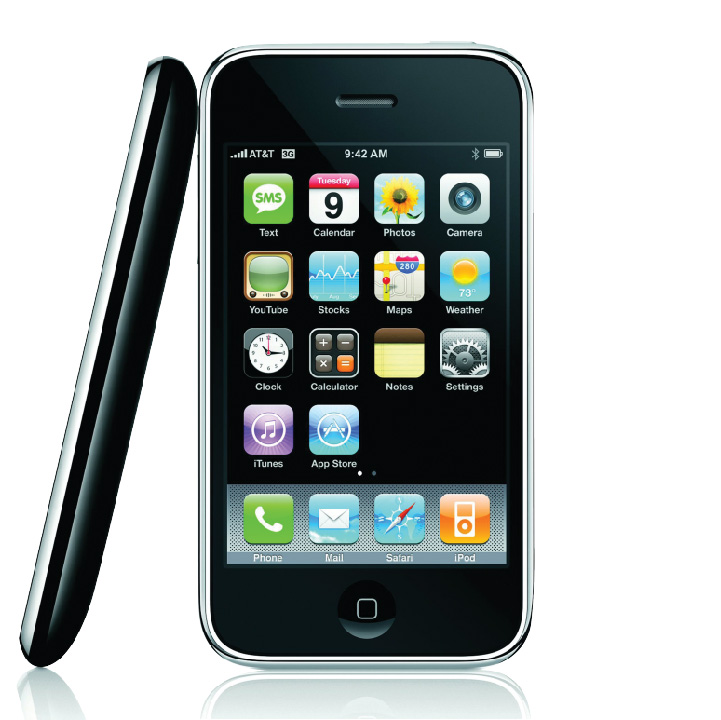
This came with 3G support, the top data speed of the time, and GPS. The first iPhone had been warmly received but by the 3G model, people were really starting to see its long-term potential. The launch of the App Store played a huge role as well since it was a truly watershed moment in smartphone history.
iPhone 3GS (2009)
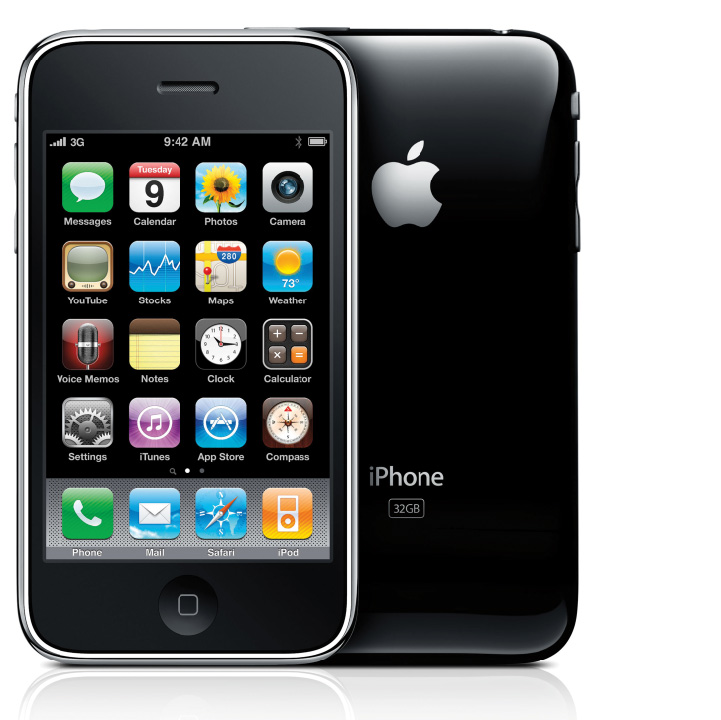
This is where the tradition of adding the ‘S’ began. This had a minor upgrade compared to its predecessor iPhone 3G. The 2009 model of the iPhone contained video recording capabilities for the first time, and the camera itself got an upgrade too. Voice Control (not yet called Siri) was added to the iPhone as well.
iPhone 4 (2010)

This iPhone had a much sleeker, modern look and massively increased the pixel count while maintaining the same 3.5-inch display size. It was the first iPhone with Retina Display, a front-facing camera, and enabled the users to multitask to a certain extent.
iPhone 4S (2011)
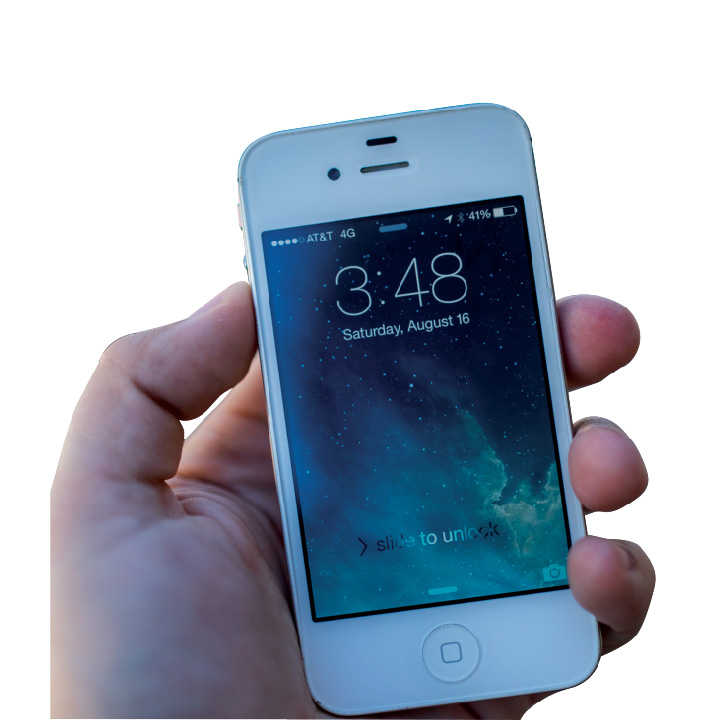
This too came with a minor upgrade compared to the iPhone 4. However, the camera did get an upgrade to 8-megapixels and Apple had then announced Siri, the digital assistant that now plays a significant role in other Apple devices.
iPhone 5 (2012)
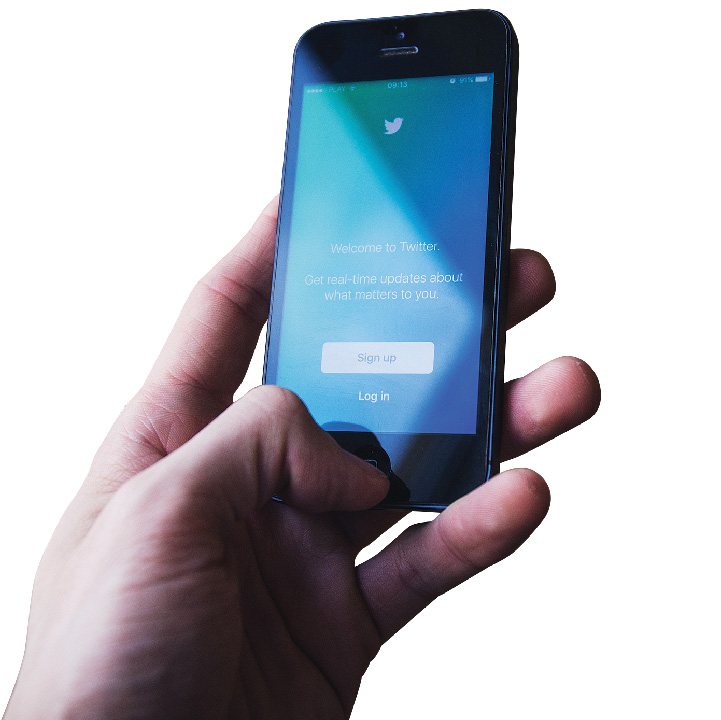
The iPhone 5 was a major upgrade. It had come with an extra row for icons, with an extra-tall screen. It introduced the Lightning connector and had a lighter, aluminum casing. On the iOS side, we got our first look at Apple Maps, taking over from Google Maps as the default option.
iPhone 5C (2013)
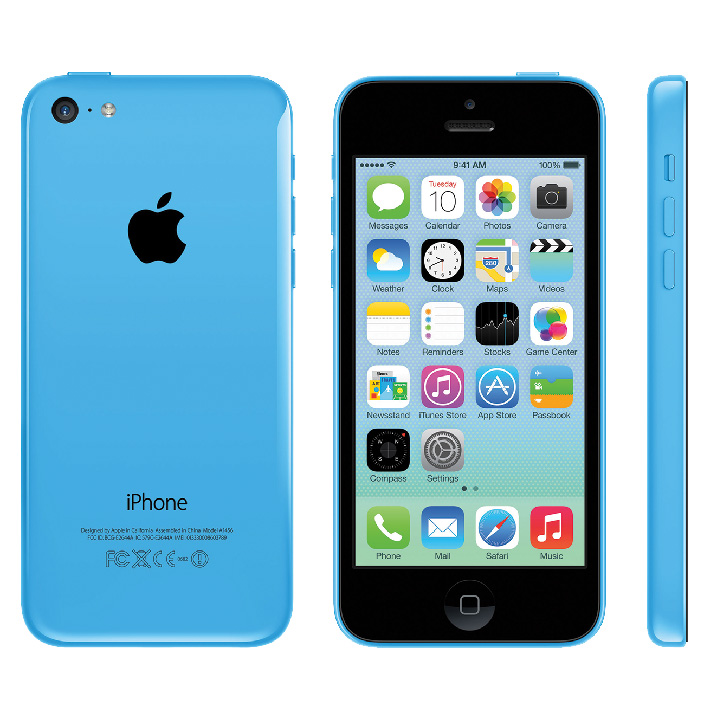
In 2013, Apple decided to start releasing not one but two iPhones every September. iPhone 5C was very much a rebadged iPhone 5 with a few cosmetic changes. iOS 7 was launched at the same time, enabling actual multitasking without being interfered by any other app. The Control Centre was also introduced.
iPhone 5S (2013)
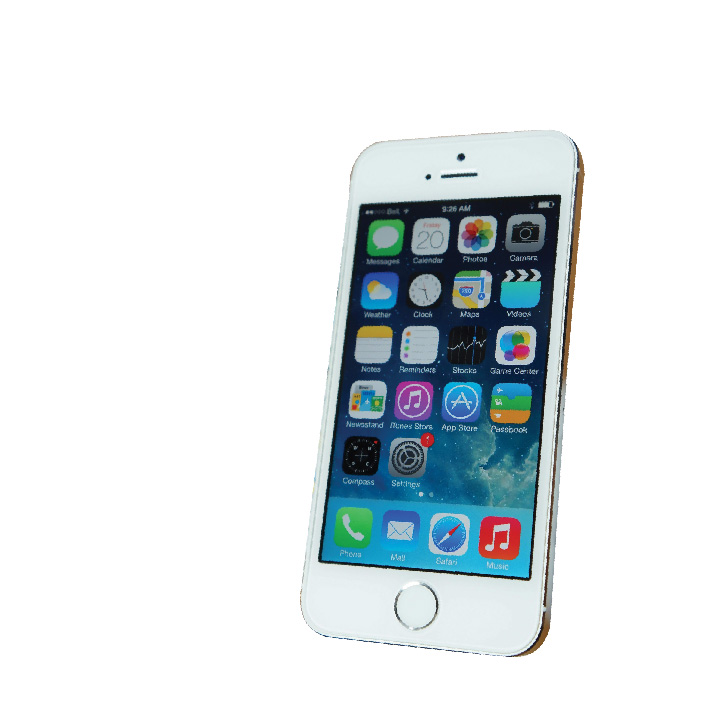
The iPhone 5S was the main model for 2013, with a revamped design and a little feature called Touch ID introduced to the iPhone line-up. Also, the 64-bit A7 processor inside the phone was invented. iOS 7 had a visual renovation as well, introducing the bright icons and translucent menus that are still in place today.
iPhone 6 and iPhone 6 Plus(2014)
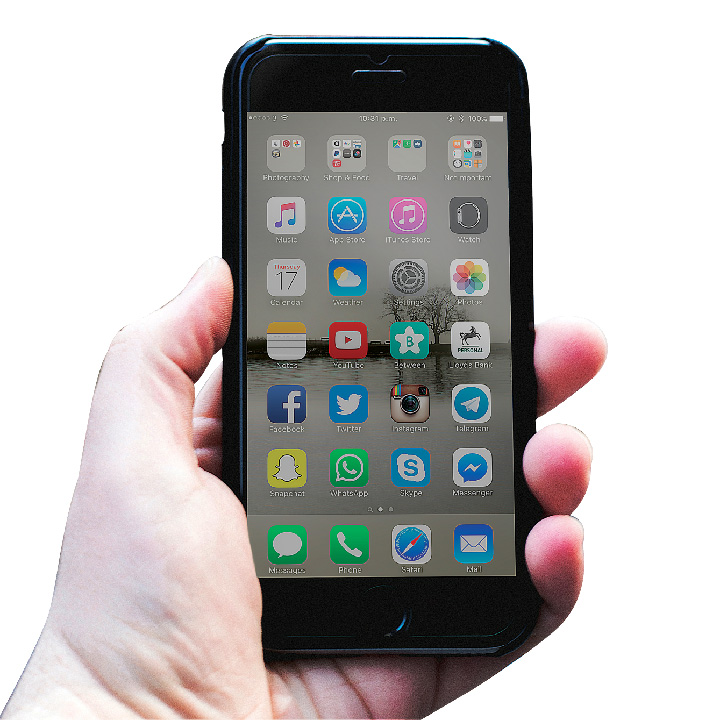
As well as another design improvement, the iPhone 6 and 6 Plus extended the display size to 4.7 inches and 5.5 inches respectively. They also added in more pixels to boot. Also, the need of NFC for Apple Pay was announced, along with other services. There was also a huge upgrade for the camera, giving better photo and video results than ever before.
iPhone 6S and 6S Plus(2015)
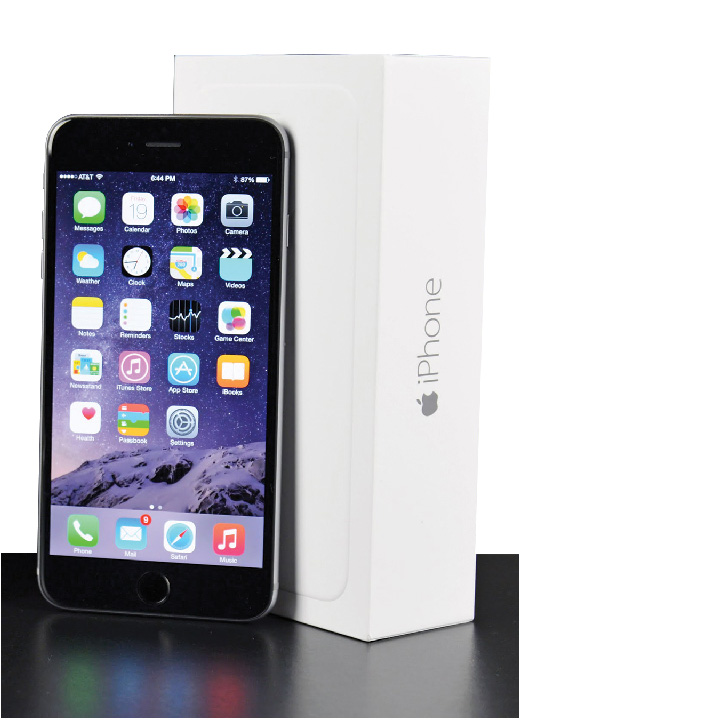
The iPhone 6S is almost identical to iPhone 6. We could barely tell the difference between the two by hand. But while the outside is identical, the stuff that Cook’s crew crammed inside was a change. There was now Force Touch, a pressure sensitive multi-touch technology, which gave the users the opportunity to handle their phones in a different manner, with a different way to view your photos, known as Live Photos.
iPhone SE (2016)
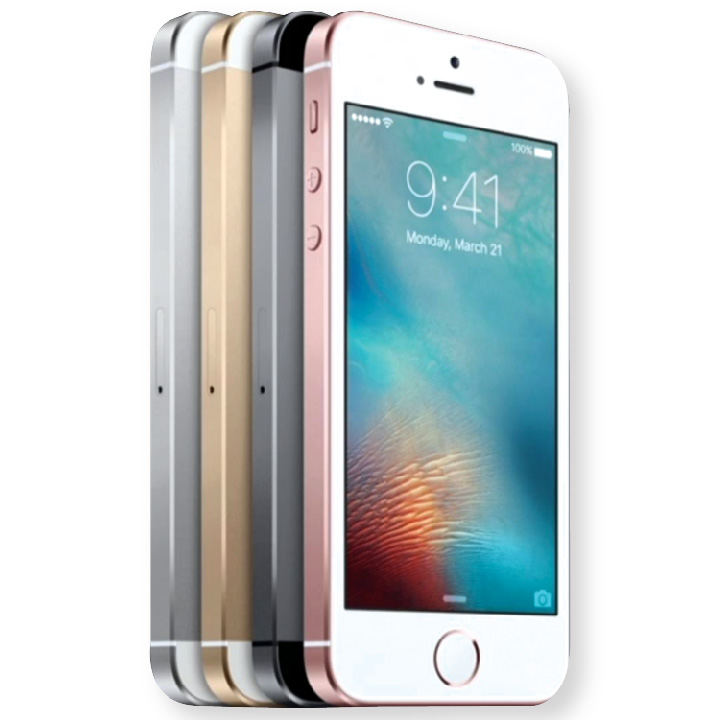
A device completely out of the blue. Even though we had hopes of having iPhones at a convenient price, the fact that it would look like an iPhone 5 never occurred to us. However, it had many of the internals of the iPhone 6s, such as a camera of 12-megapixels and an A9 processor, resulting in a powerful but compact device.
iPhone 7 and 7 Plus(2016)
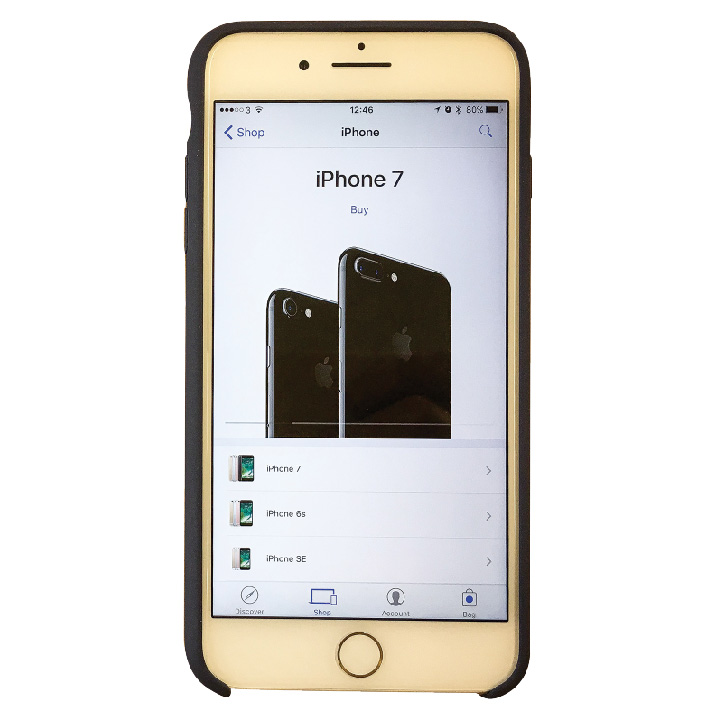
There’s no avoiding the most obvious external design change of the iPhone 7: the removal of the headphone jack. In order to make up for that, they made 7 more durable, more water resistant (1m for 30 mins) and gave it a better camera (12MP). The home button was also replaced with a touch-sensitive surface to reduce button failures.
iPhone 8 and 8 Plus (2017)
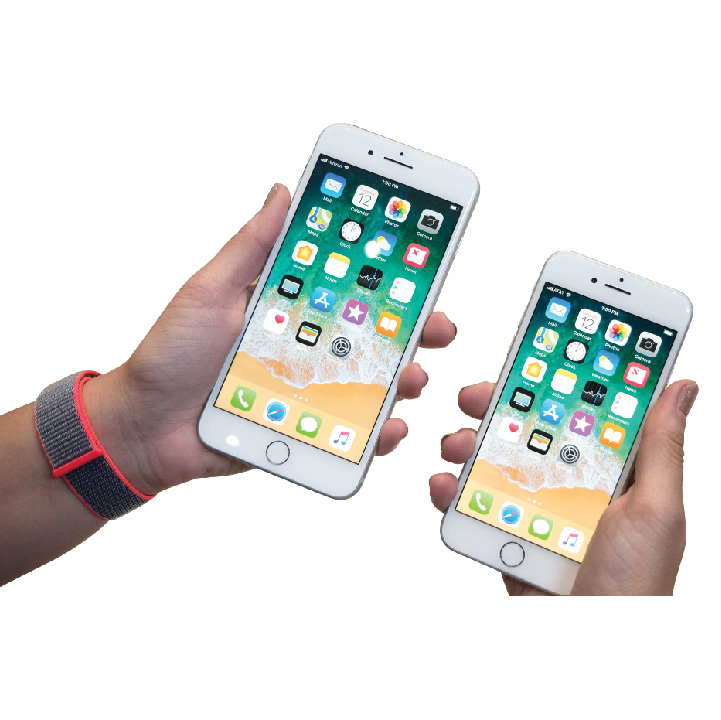
The iPhone 8 and 8 Plus did not look physically different compared to the 7 and 7 Plus, other than the fact that it had an all-glass design. However, the best argument for the iPhone 8 is its A11 Bionic processor, which out-performed every other smartphone processor on the market last year.
iPhone X(2017)
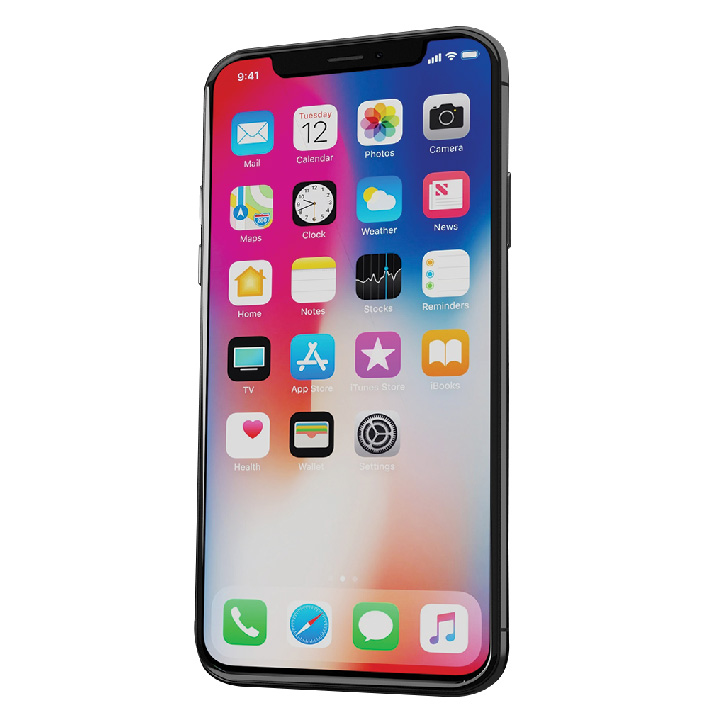
The iPhone X was very similar to the iPhone 8. The changes to it were minimum. Apple finally decided to get rid of the home button completely, so the physical appearance of it was different. The iPhone X also came with Face ID, which was never included in an iPhone before.
iPhone XS and XS Max (2018)
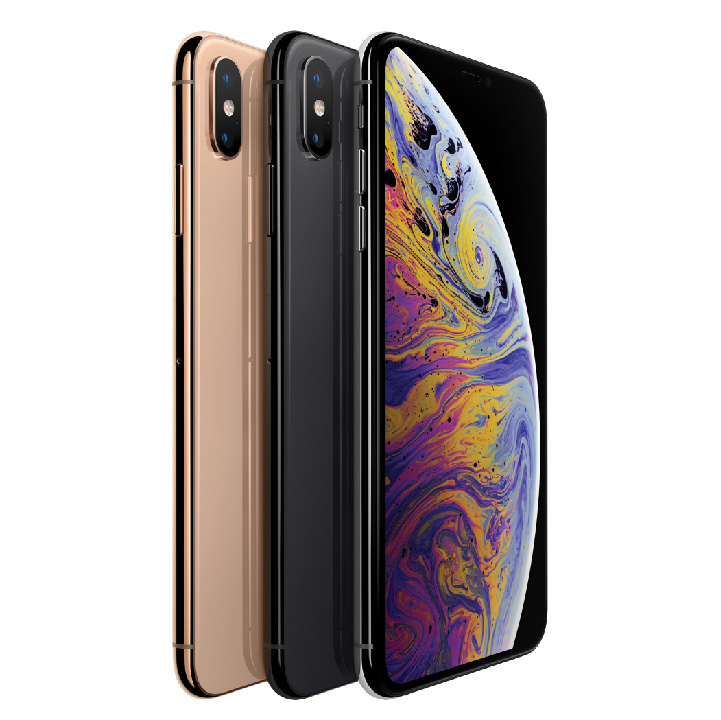
The iPhone XS Max is the biggest iPhone to ever be invented (6.5 inches), while the XS is 5.8 inches. They also incorporate the industry’s first 7nm CPU and the new A12 Bionic processor. Apple iPhone XS and XS Max also support dual sim and comes with an OLED display. Lastly, the new cameras of the iPhone are supplemented with AI enhanced capabilities, such as Smart HDR and facial feature detection.
iPhone XR(2018)
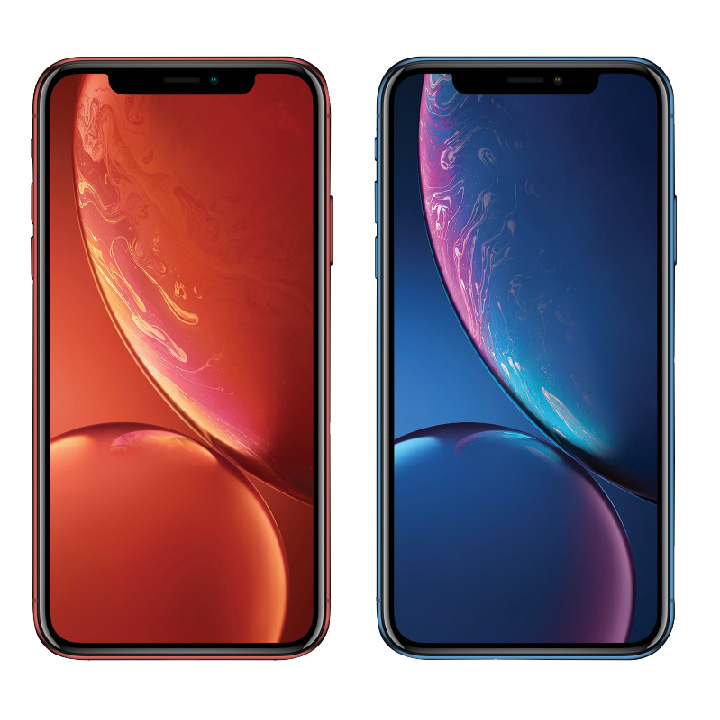
The iPhone XR has an LCD-based, 6.1-inch Liquid Retina display. Other than that, it’s very similar to XS and XS Max since XR incorporates the A12 Bionic chip, the same wide-angle camera as the XS models, and the same AI-driven camera features.

